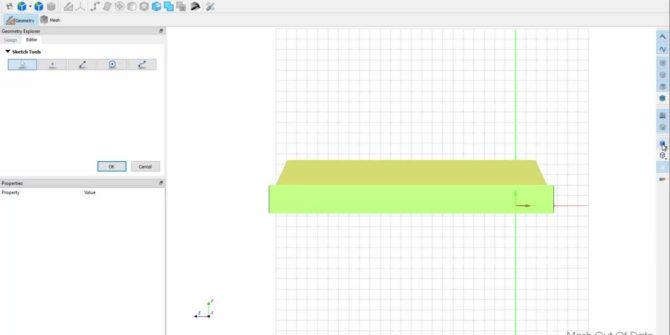
Build3D Quick Start Guide
This tutorial guides new users through the basics of constructing 3D analysis-ready geometries using BUILD3D.
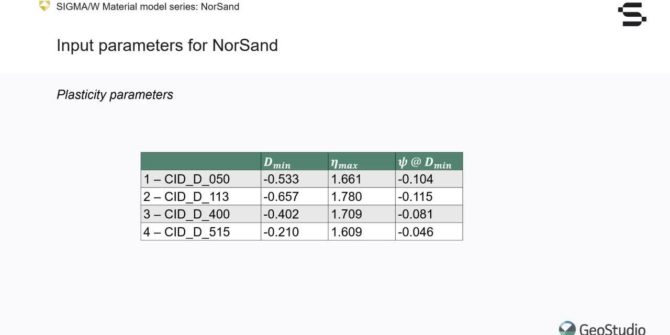
SIGMA/W Material Model Series: NorSand
This webinar will introduce you to the NorSand material model and walk you through the parameterisation process using practical examples in GeoStudio. The NorSand constitutive

The future of desktop geology and geophysics
Leapfrog product manager Byron Taylor and Oasis montaj product manager Philip Suttak will speak on Seequent’s continued investment into the desktop applications and why desktop
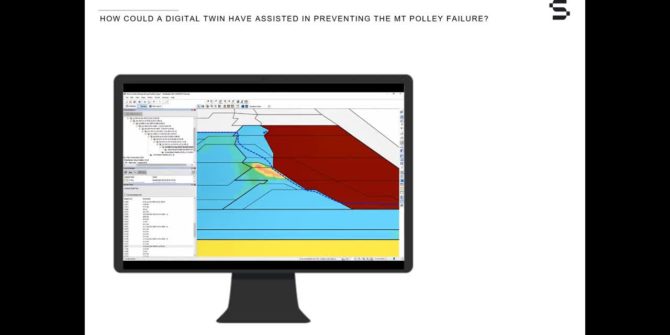
The role of a dynamically updated digital twin in modern tailing storage facilities management: monitoring to modeling
Overview SpeakersPieter Neethling Segment Director for Mining Operations - SeequentDuration22 minJTNDJTIxLS0lMjBUaGUlMjBzY3JpcHQlMjB0YWclMjBzaG91bGQlMjBsaXZlJTIwaW4lMjB0aGUlMjBoZWFkJTIwb2YlMjB5b3VyJTIwcGFnZSUyMGlmJTIwYXQlMjBhbGwlMjBwb3NzaWJsZSUyMC0tJTNFJTBBJTNDc2NyaXB0JTIwdHlwZSUzRCUyMnRleHQlMkZqYXZhc2NyaXB0JTIyJTIwYXN5bmMlMjBzcmMlM0QlMjJodHRwcyUzQSUyRiUyRnBsYXkudmlkeWFyZC5jb20lMkZlbWJlZCUyRnY0LmpzJTIyJTNFJTNDJTJGc2NyaXB0JTNFJTBBJTBBJTNDJTIxLS0lMjBQdXQlMjB0aGlzJTIwd2hlcmV2ZXIlMjB5b3UlMjB3b3VsZCUyMGxpa2UlMjB5b3VyJTIwcGxheWVyJTIwdG8lMjBhcHBlYXIlMjAtLSUzRSUwQSUzQ2ltZyUwQSUyMCUyMHN0eWxlJTNEJTIyd2lkdGglM0ElMjAxMDAlMjUlM0IlMjBtYXJnaW4lM0ElMjBhdXRvJTNCJTIwZGlzcGxheSUzQSUyMGJsb2NrJTNCJTIyJTBBJTIwJTIwY2xhc3MlM0QlMjJ2aWR5YXJkLXBsYXllci1lbWJlZCUyMiUwQSUyMCUyMHNyYyUzRCUyMmh0dHBzJTNBJTJGJTJGcGxheS52aWR5YXJkLmNvbSUyRkhrV21TeVZHTGJhd29kcHRjeEFFQXkuanBnJTIyJTBBJTIwJTIwZGF0YS11dWlkJTNEJTIySGtXbVN5VkdMYmF3b2RwdGN4QUVBeSUyMiUwQSUyMCUyMGRhdGEtdiUzRCUyMjQlMjIlMEElMjAlMjBkYXRhLXR5cGUlM0QlMjJpbmxpbmUlMjIlMEElMkYlM0UlMEElMEE= Video Transcript [00:00:00.094] (gentle music) [00:00:10.160] <v Janina>Hello and welcome everyone.</v> [00:00:12.170] Thank you
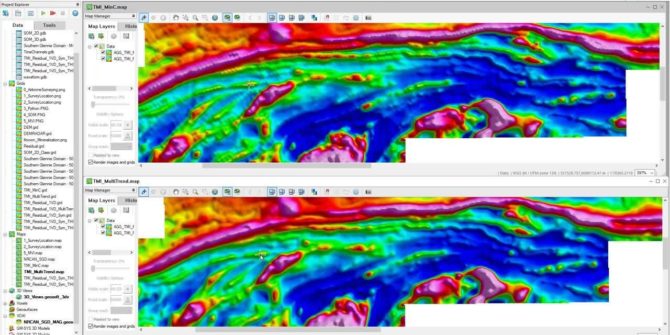
Oasis montaj: how to improve your understanding of an exploration project with magnetic data
Using open-source Geoscience data, we will illustrate how Oasis montaj can improve your understanding of an exploration project. This demonstartion will highlight some of the
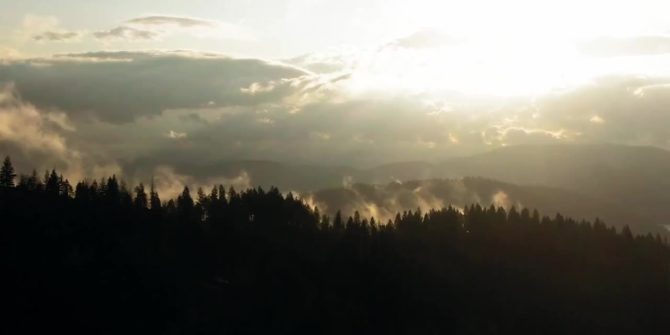
Technical Tuesday: Learn Kriging Neighbourhood Analysis with Leapfrog Edge
With Leapfrog Edge, KNA can be run on multiple parent blocks within a domain, improving the confidence of the global parameters you have chosen. It
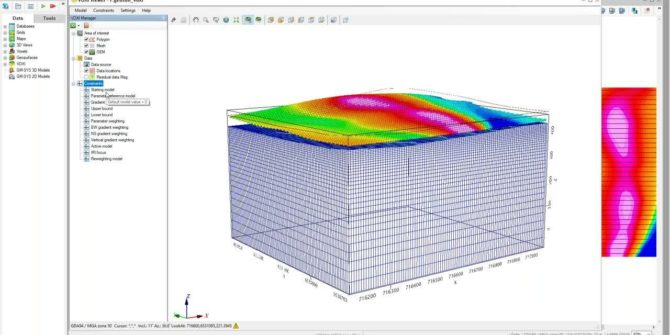
VOXI: constrained modeling (Remote Roundup 2021)
Start with the basics, and build up to Geologically constrained model. Overview SpeakersKanita Khaled Geophysicist - SeequentDuration30 minJTNDJTIxLS0lMjBUaGUlMjBzY3JpcHQlMjB0YWclMjBzaG91bGQlMjBsaXZlJTIwaW4lMjB0aGUlMjBoZWFkJTIwb2YlMjB5b3VyJTIwcGFnZSUyMGlmJTIwYXQlMjBhbGwlMjBwb3NzaWJsZSUyMC0tJTNFJTBBJTNDc2NyaXB0JTIwdHlwZSUzRCUyMnRleHQlMkZqYXZhc2NyaXB0JTIyJTIwYXN5bmMlMjBzcmMlM0QlMjJodHRwcyUzQSUyRiUyRnBsYXkudmlkeWFyZC5jb20lMkZlbWJlZCUyRnY0LmpzJTIyJTNFJTNDJTJGc2NyaXB0JTNFJTBBJTBBJTNDJTIxLS0lMjBQdXQlMjB0aGlzJTIwd2hlcmV2ZXIlMjB5b3UlMjB3b3VsZCUyMGxpa2UlMjB5b3VyJTIwcGxheWVyJTIwdG8lMjBhcHBlYXIlMjAtLSUzRSUwQSUzQ2ltZyUwQSUyMCUyMHN0eWxlJTNEJTIyd2lkdGglM0ElMjAxMDAlMjUlM0IlMjBtYXJnaW4lM0ElMjBhdXRvJTNCJTIwZGlzcGxheSUzQSUyMGJsb2NrJTNCJTIyJTBBJTIwJTIwY2xhc3MlM0QlMjJ2aWR5YXJkLXBsYXllci1lbWJlZCUyMiUwQSUyMCUyMHNyYyUzRCUyMmh0dHBzJTNBJTJGJTJGcGxheS52aWR5YXJkLmNvbSUyRkJVWHJHTk0zUVpDUjdBWkg2cm9US2YuanBnJTIyJTBBJTIwJTIwZGF0YS11dWlkJTNEJTIyQlVYckdOTTNRWkNSN0FaSDZyb1RLZiUyMiUwQSUyMCUyMGRhdGEtdiUzRCUyMjQlMjIlMEElMjAlMjBkYXRhLXR5cGUlM0QlMjJpbmxpbmUlMjIlMEElMkYlM0UlMEE= Video Transcript [00:00:00.611] (relaxing music) [00:00:11.185] <v
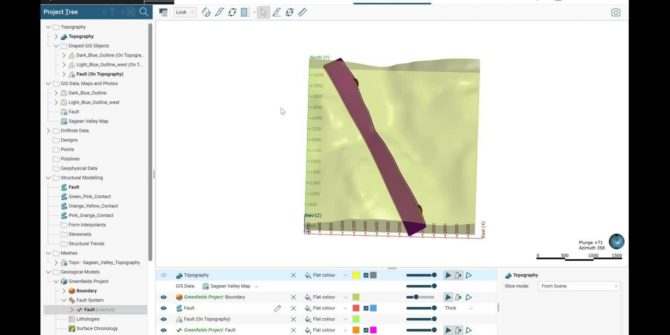
Modeling with no drillholes (Remote Roundup 2021)
Leapfrog Geo allows you to easily construct geological models from any input data. In this demo, we’ll build a model from a geological map, some




